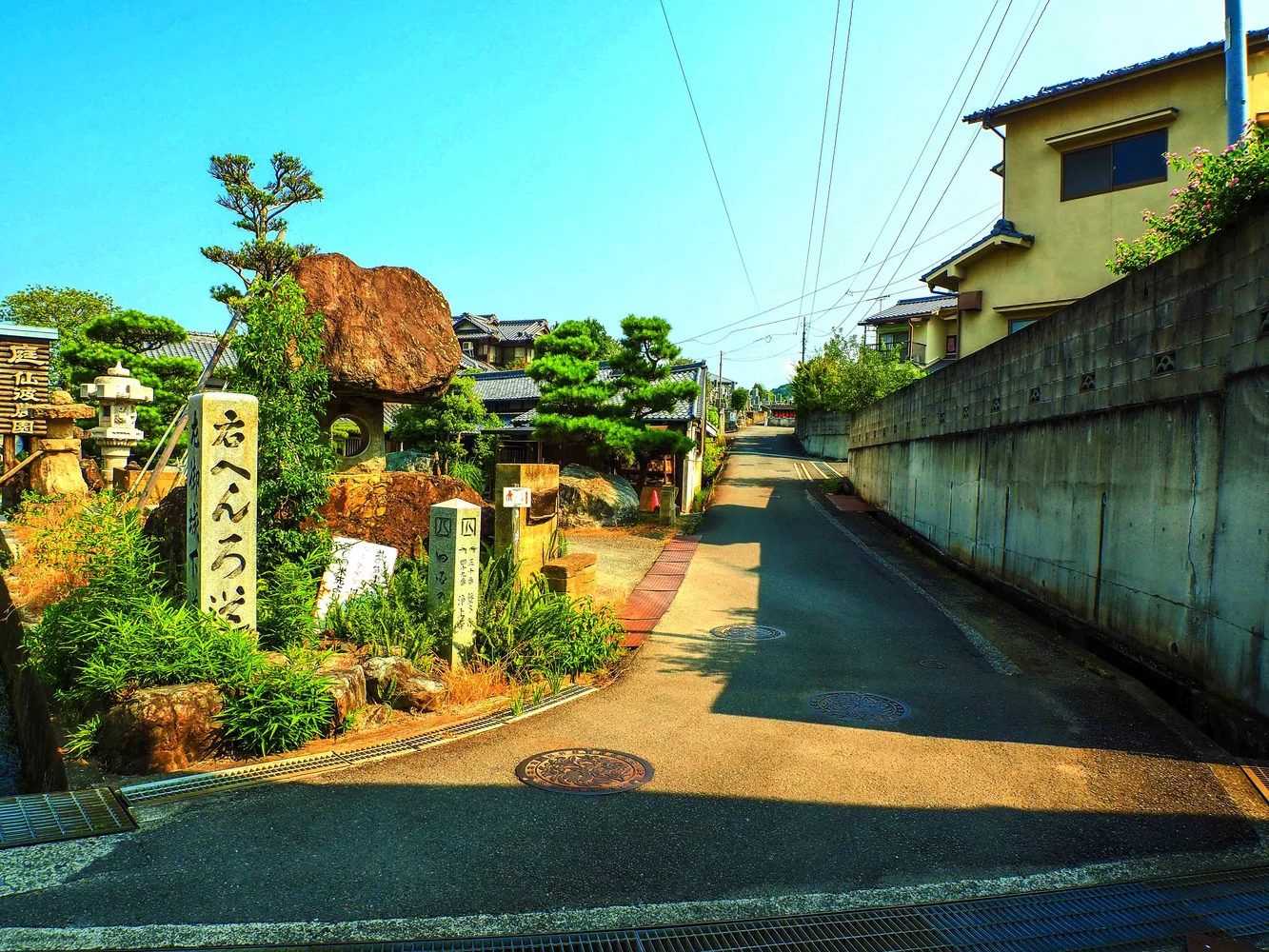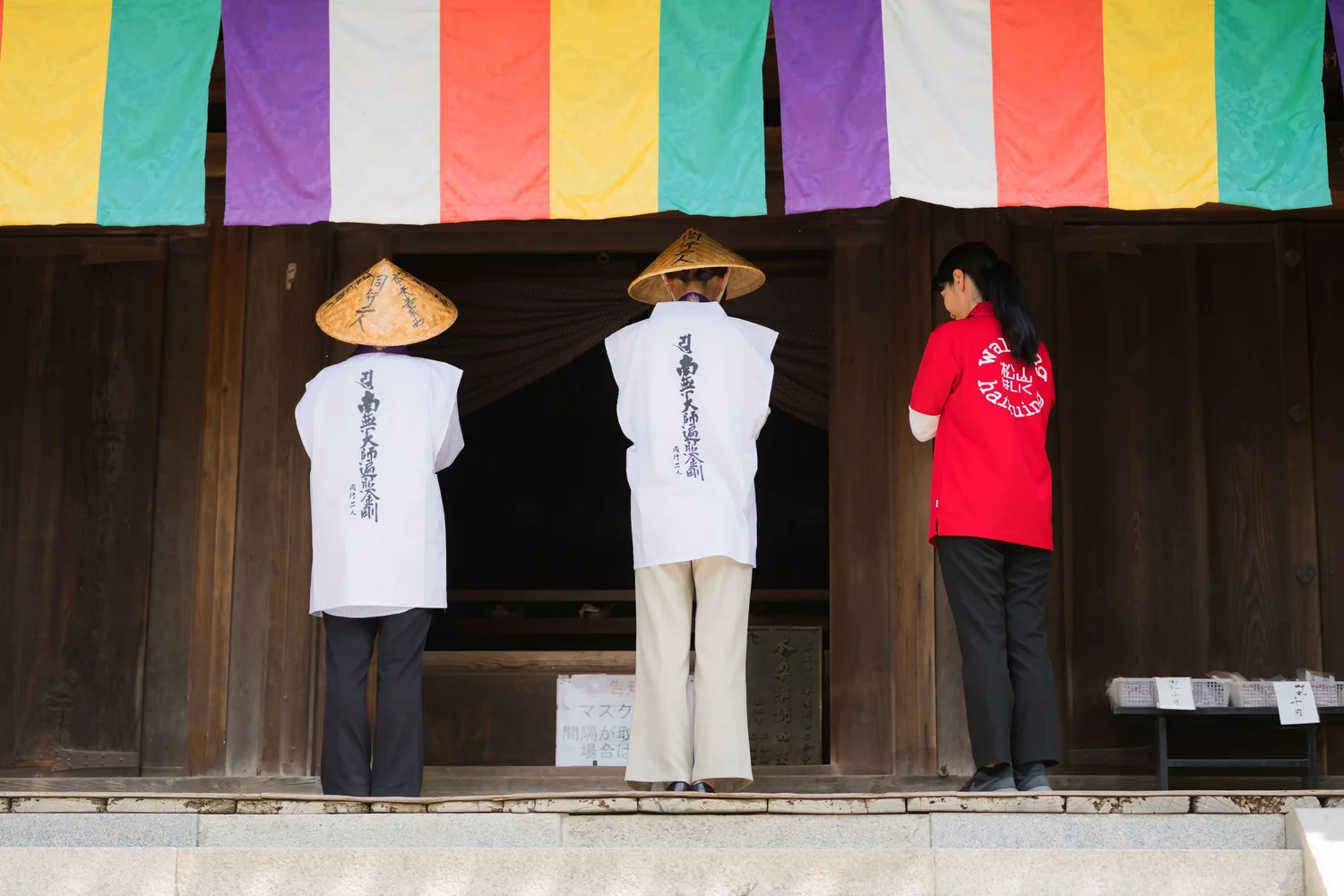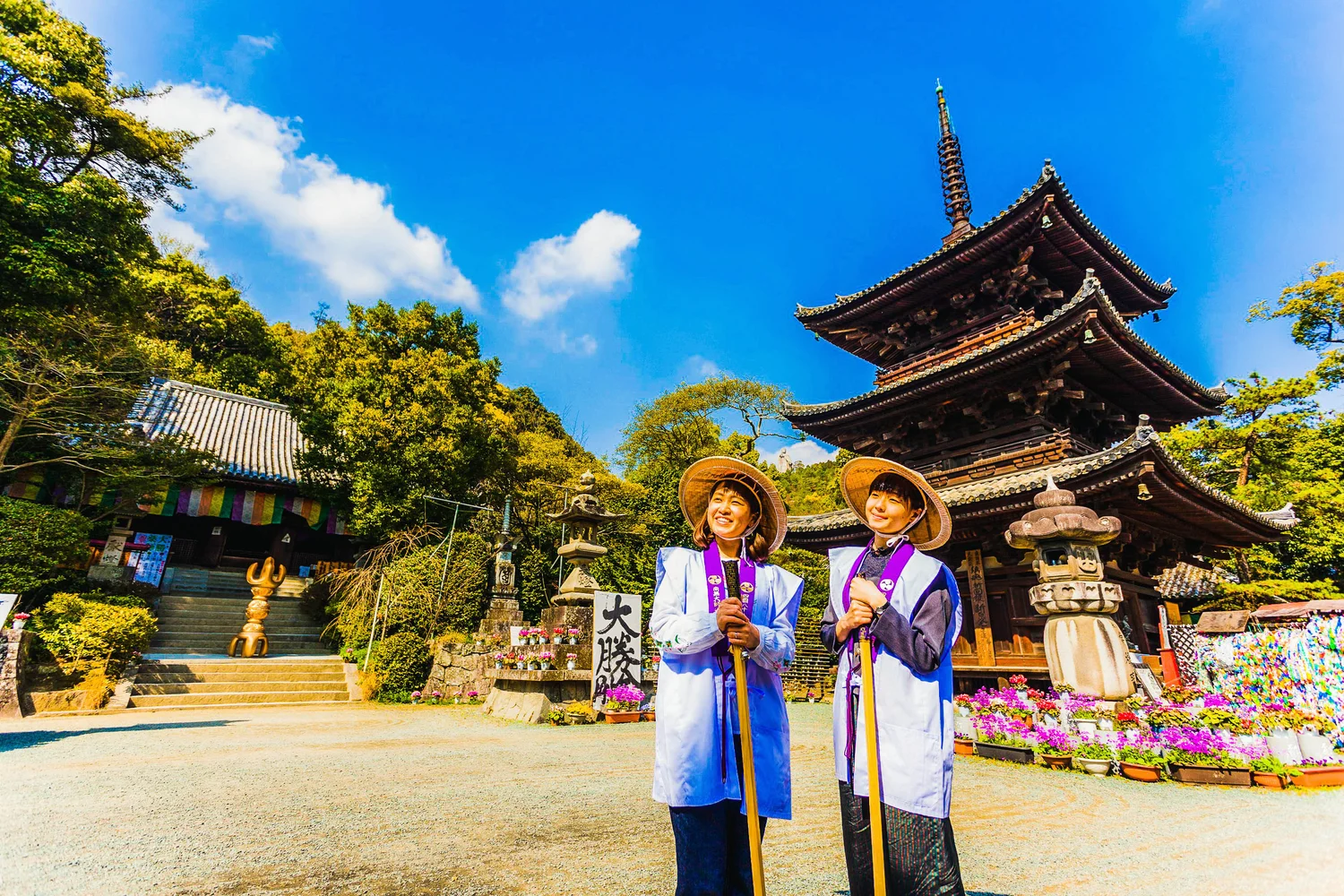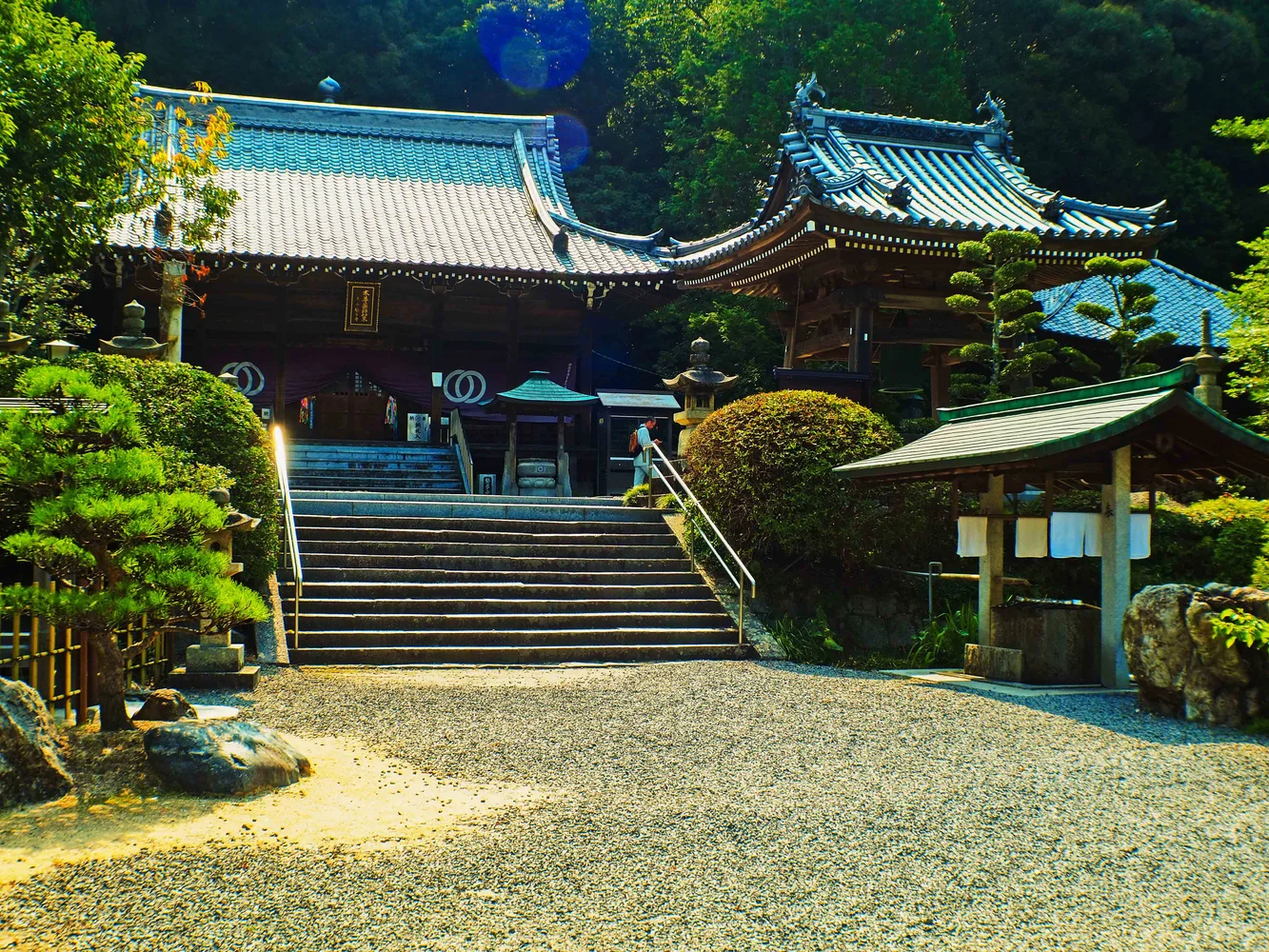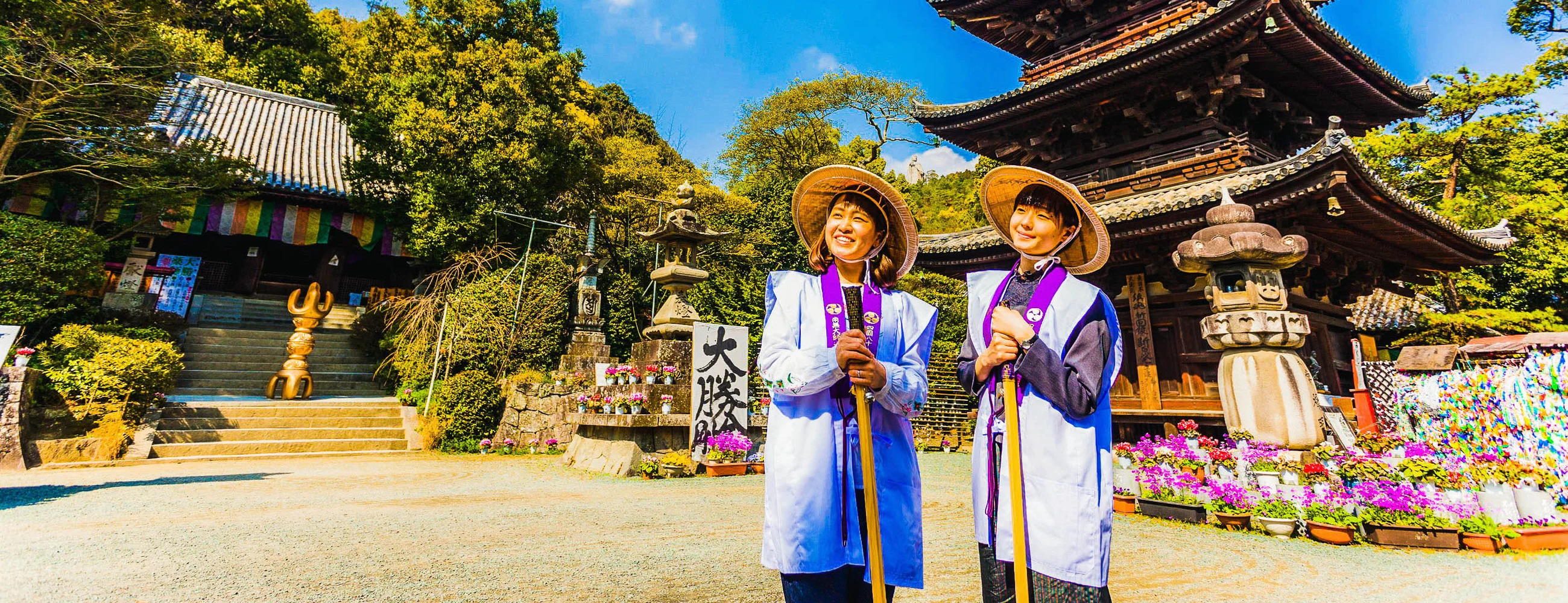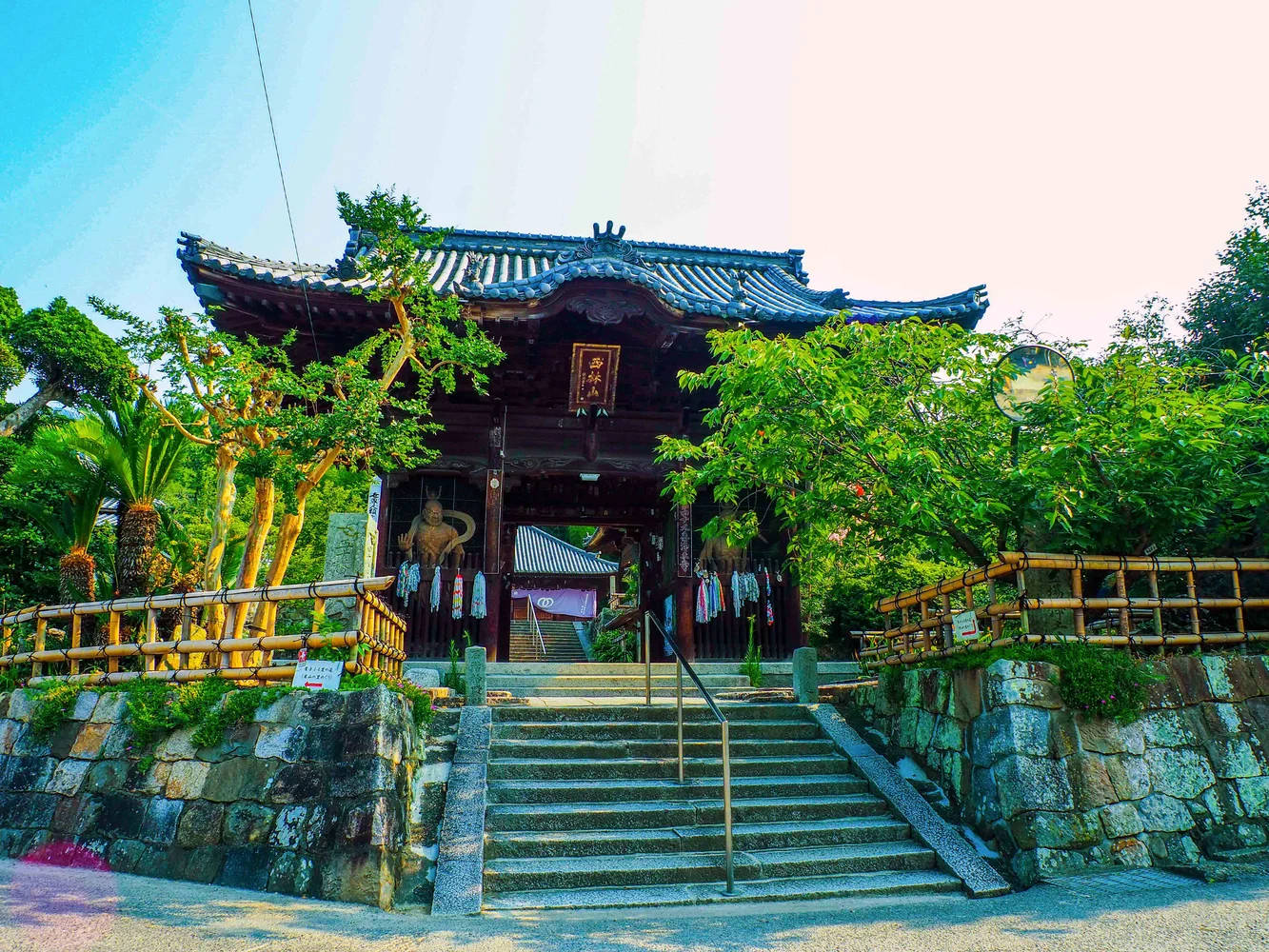Shikoku Henro Pilgrimage Near Dogo Onsen in Matsuyama, Ehime
Overview
Meet your guide near Dogo Onsen Station, change into pilgrim clothes, and begin your adventure! Ride a tram and local train to Kume Station, then walk to three of the 88 Shikoku Henro temples: No. 49 Jodoji, No. 50 Hantaji, and No. 51 Ishiteji.
Highlights
- Trek approximately 6.2 km with an experienced local English-speaking guide
- Visit Jodoji, Hantaji, and Ishiteji temples on a single four-hour guided tour
- Learn firsthand about the Shikoku Henro with some 1,200 years of history
